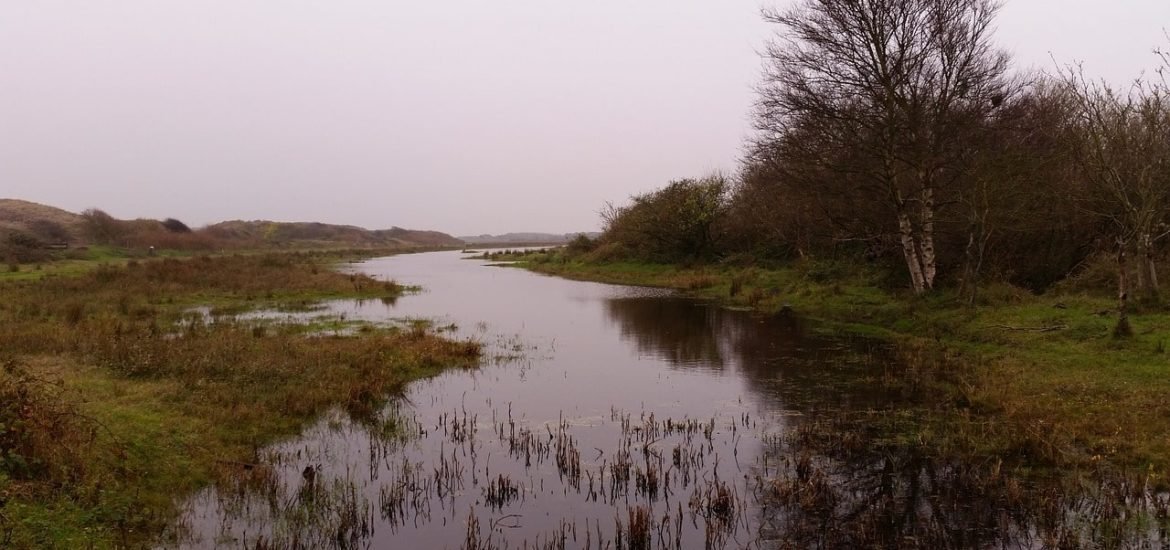
A study published in the scientific journal Nature reveals how the world’s largest peatland went from being a significant storage of carbon to releasing high carbon dioxide emissions due to climate change that happened thousands of years ago.
At the same time as Stonehenge was being built — about 5,000 years ago — the climate of Congo was beginning to dry, forcing peatlands to release stored carbon dioxide. The phenomenon lasted for a long time and only stopped in the past 2,000 years, according to a study by a team of researchers from the University of Leeds.
The team defends that modern-day climate change will result in similar droughts in the Congo area, which will activate the same mechanism to release carbon dioxide, inevitably accelerating climate change. If this happens, the authors estimate that up to 30 billion tonnes of carbon could be released from peatlands. This is the equivalent to global emissions from fossil fuel burning over three years.
“Our study brings a brutal warning from the past. If the peatlands dry beyond a certain threshold, they will release colossal quantities of carbon to the atmosphere, further accelerating climate change,” said Professor Simon Lewis, from the University of Leeds and University College London, a senior author of the study. “There is some evidence that dry seasons are lengthening in the Congo Basin, but it is unclear if these will continue. But evidence from our study shows that drier conditions have existed in the past and did trigger a breakdown of the peatlands as a store of carbon. This is an important message for world leaders gathering at the COP27 climate talks next week. If greenhouse gas emissions drive the central Congo peatlands to become too dry, then the peatlands will contribute to the climate crisis rather than protect us.”
For the study, a team of European and Congolese researchers took samples from beneath the remote swamp forests of central Congo. After analysing plant remains, they built a record of vegetation and rainfall in the area over the past 17,5000 years to cover the period when the peat began to form.
The results show how a period of drier weather started developing in central Africa about 5,000 years ago. During the most intense period of drought, the rainfall was only 800mm a year, which caused the water table in the Congo peatlands to drop. This decrease exposed older layers of peat to air, causing oxidation and releasing carbon dioxide. In addition, during this period, new peat layers either decomposed quickly or never really accumulated.
“The peat samples show us that there was a period of around 5,000 years when there was almost no build-up of peat, less than 0.1 mm per year. The samples also reveal what the rainfall and vegetation were like when the peat was formed. Together they give a picture of a drying climate that got progressively drier until about 2,000 years ago,” said Dr. Yannick Garcin, from the National Research Institute for Sustainable Development of France and lead author of the study. “This drought led to a huge loss of peat, at least 2 metres. The drought flipped the peatland to a huge carbon source as the peat decomposed. This decomposition only stopped when the drought stopped allowing peat to start accumulating again.”
Based on the results from this work, the team warns that peatlands may still be largely intact at the moment, but they can become vulnerable in the future. In addition to the risk of droughts, the region is also subject to additional pressures which can cause further damage to this fragile ecosystem, including intensive agriculture, logging, and oil exploration.
“This is another astonishing finding about the peatlands. They are more vulnerable than we thought, and everyone must play their role in protecting them,” concluded Professor Corneille Ewango, from the University of Kisangani in the Democratic Republic of the Congo and who led the expeditions to collect the peat samples from the DRC. “Polluting countries must cut their carbon emissions fast to limit the possibility of droughts pushing the peatlands past their tipping point. The DRC will also need to strengthen protection of the peatlands. At stake is one of the most wildlife and carbon-rich ecosystems on Earth.”
Garcin, Y., Schefuß, E., Dargie, G.C. et al. Hydroclimatic vulnerability of peat carbon in the central Congo Basin. Nature (2022). https://doi.org/10.1038/s41586-022-05389-3